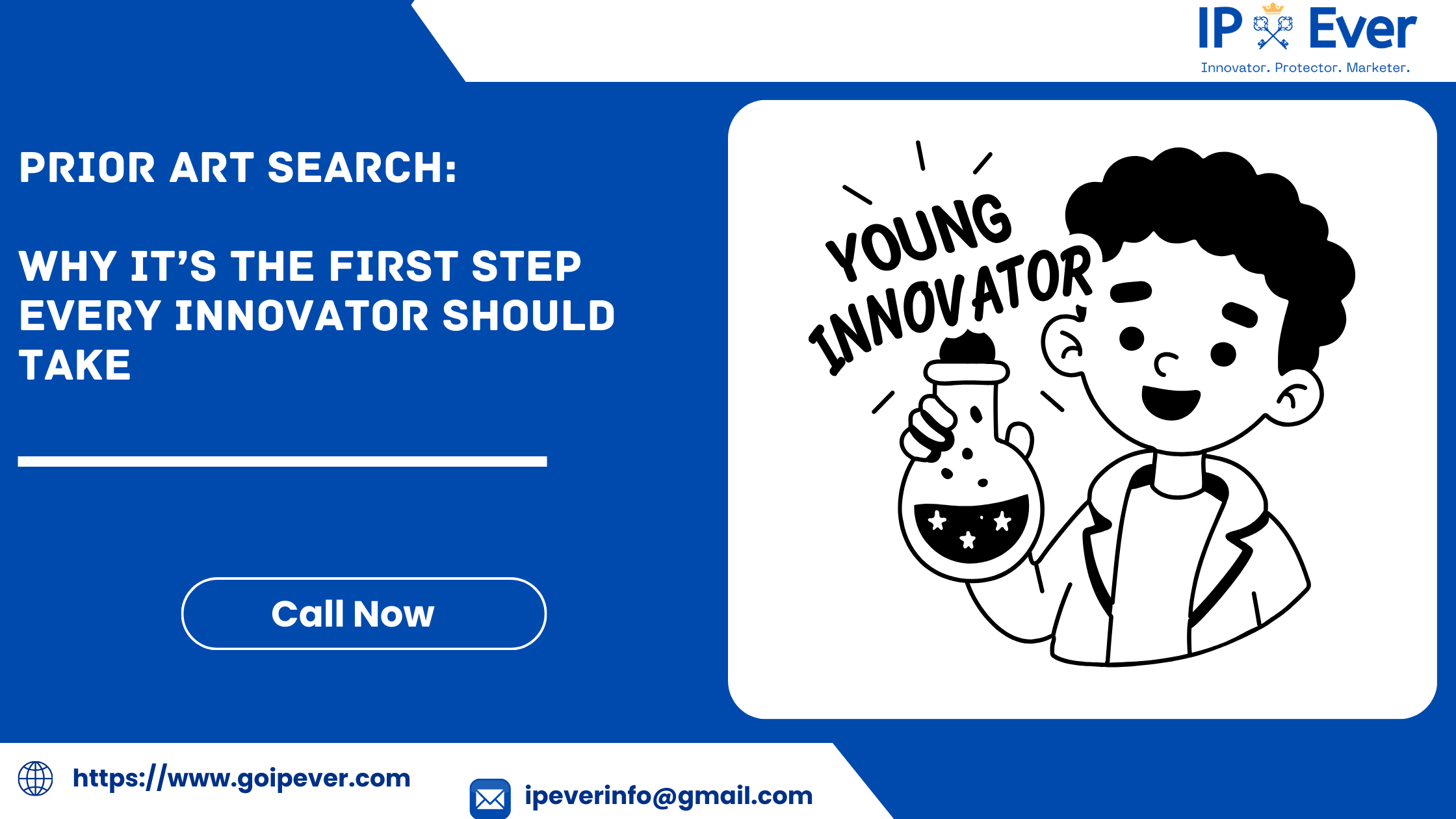Protecting AI and Machine Learning Innovations in India
Protecting AI and Machine Learning Innovations in India: Challenges, Strategies, and Legal Landscape
Artificial Intelligence (AI) and Machine Learning (ML) are revolutionizing industries across the globe. From healthcare diagnostics to autonomous vehicles, AI-driven innovations are defining the next generation of technology.
Yet, when it comes to protecting AI and ML innovations through patents in India, the path is complex. India’s Patent law, rooted in the Patents Act, 1970, poses unique challenges—especially with strict exclusions under Section 3(k).
In this blog, we critically examine the patentability challenges, current legal framework, recent procedural updates, and strategies innovators must adopt to protect AI/ML technologies in India.
📜 1. Legal Framework: Indian Patents Act, 1970
The foundation of India’s patentability criteria lies in two key sections:
🔹 Section 2(1)(j) – Definition of Invention
“Invention means a new product or process involving an inventive step and capable of industrial application.”
Thus, any AI/ML innovation must meet three basic conditions:
- Novelty
- Inventive Step (Non-obviousness)
- Industrial Applicability
🔹 Section 3 – What Are Not Inventions
Section 3(k) specifically states:
“A mathematical method, business method, computer program per se, or algorithms are not inventions.”
This is the biggest hurdle for patenting AI/ML innovations in India.
Since AI algorithms often involve mathematical models and computer programs, patent applications purely claiming such algorithms may face outright rejection under Section 3(k).
🔍 2. Critical Challenges for Patenting AI/ML Innovations
|
Challenge |
Details |
|
Software Exclusion |
AI models implemented via software may be categorized as “computer program per se”. |
|
Mathematical Algorithm Exclusion |
ML models are often based on statistical/mathematical methods, also excluded under 3(k). |
|
Technical Effect Requirement |
Must demonstrate how AI/ML provides a technical solution beyond mere data processing. |
|
Disclosure Standards |
Complex models must be disclosed sufficiently to meet enablement under Section 10 of the Patents Act. |
|
Explainability |
Black-box models (like deep learning systems) create challenges in explaining inventive steps and reproducibility. |
📄 3. Patent Office Guidelines and Interpretations
The Indian Patent Office (IPO) relies heavily on the Computer Related Invention (CRI) Guidelines (2017) for examining AI/ML patent applications.
Key examination principles include:
- Substance over Form:
If the substance of the invention lies in a technical advancement (not mere software), it may be patentable.
- Technical Effect Requirement:
AI/ML innovations must solve a technical problem and produce a technical effect (e.g., enhanced security, faster data processing, improved hardware control).
- Hardware Interaction:
Pure AI models without hardware implementation generally face rejection.
📘 4. Strategic Approaches for AI/ML Patent Drafting in India
Given these challenges, innovators must strategically draft AI/ML patent applications:
✅ a) Emphasize Technical Contribution
Demonstrate that the AI/ML invention solves a technical problem or improves a technical process.
Examples:
- AI model controlling robotic arms for precision manufacturing.
- ML system optimizing data packet routing in communication networks.
✅ b) Link AI/ML to Hardware or Physical Processes
Claims must reflect hardware interaction (systems, servers, embedded devices).
Example:
- “A system comprising a processor configured to…,” rather than “A machine learning method that predicts…”
✅ c) Highlight Real-World Applications
Focus patent descriptions on practical, industrial uses rather than mathematical modelling.
Tip: Include industry-specific examples: healthcare, autonomous vehicles, IoT devices, cybersecurity.
✅ d) Disclose AI Architecture Clearly
Describe:
- Data input/output
- Preprocessing/postprocessing steps
- Hardware/processor interaction
- Performance improvement metrics
This satisfies Section 10 (sufficient disclosure) and strengthens examination under Section 2(1)(j).
⚖️ 5. Global Comparison: India vs Other Jurisdictions
|
Region |
Approach to AI Patents |
|
United States (USPTO) |
Allows software/AI patents if tied to specific technological improvements (Alice Test). |
|
Europe (EPO) |
Allows AI inventions only if producing technical effect beyond mere data processing. |
|
India (IPO) |
Strictly enforces Section 3(k); allows only if technical advancement is clear and tangible. |
Thus, India remains one of the most conservative jurisdictions, but clear technical drafting can still achieve protection.
🌟 6. Conclusion: Can AI/ML Innovations Be Patented in India?
Yes — but only with a smart strategy.
To succeed:
- Frame claims around systems and devices, not algorithms alone.
- Emphasize technical problem and technical solution.
- Draft detailed specifications showing hardware interaction or real-world improvement.
Without strategic drafting, most AI/ML applications risk falling under Section 3(k) exclusion.
🤝 How IP EVER LLP Helps Protect AI and ML Innovations
At IP EVER LLP, we specialize in:
- Patentability assessment of AI/ML innovations
- Strategic patent drafting to survive Section 3(k) scrutiny
- Filing and prosecution support before the Indian Patent Office
- International protection strategies through PCT filing (for US, Europe, etc.)
With a 100% grant success rate for examined patents and a strong track record in emerging technologies, we guide innovators confidently through India’s complex IP landscape.
🚀 Ready to Protect Your AI Innovation?
Let us help you navigate the challenges and secure your technology!
📧 Email: drabganesh@gmail.com
📞 Phone: 9842791925
🌐 Website: www.goipever.com
Innovation is the future. Let’s protect yours.

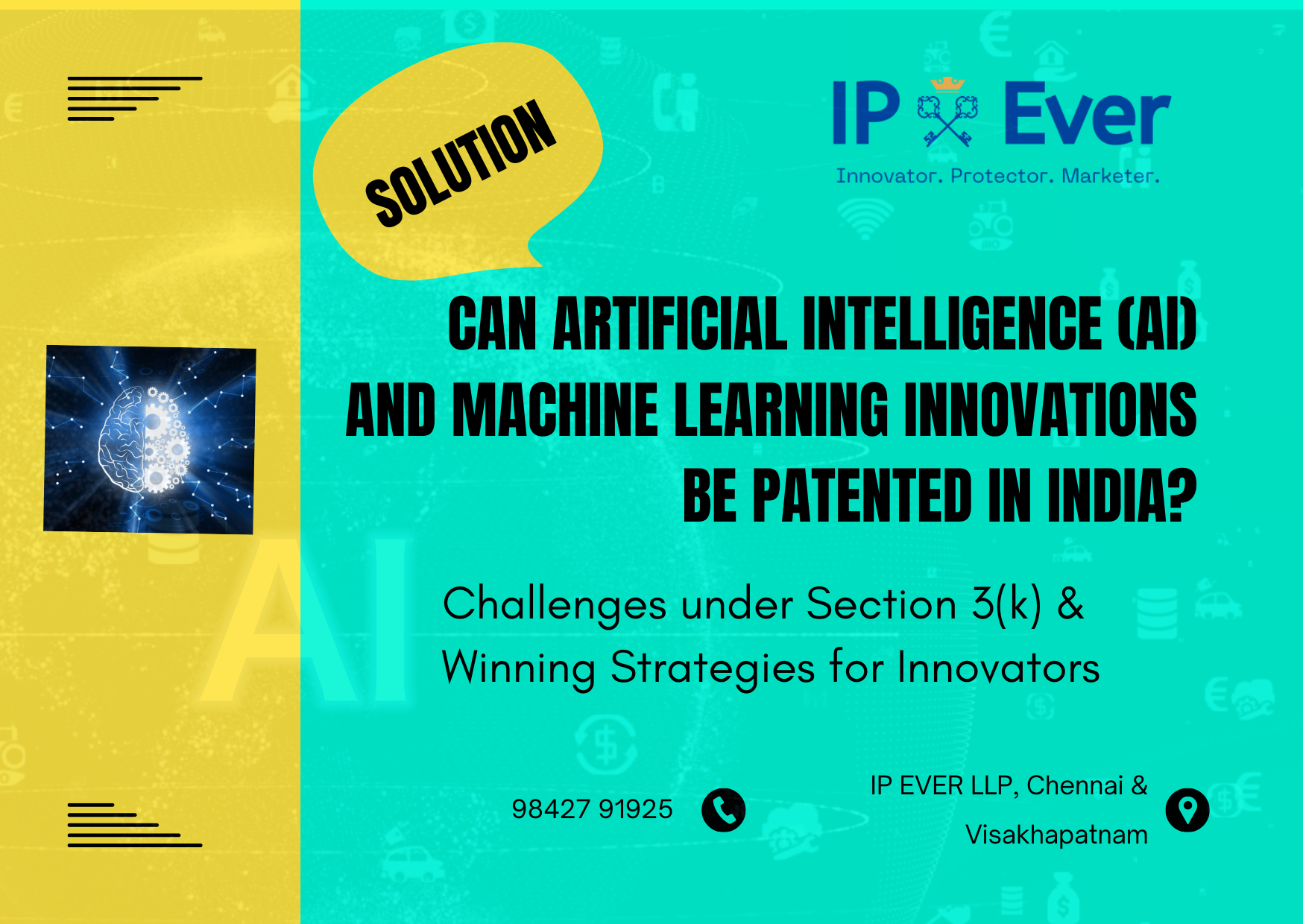
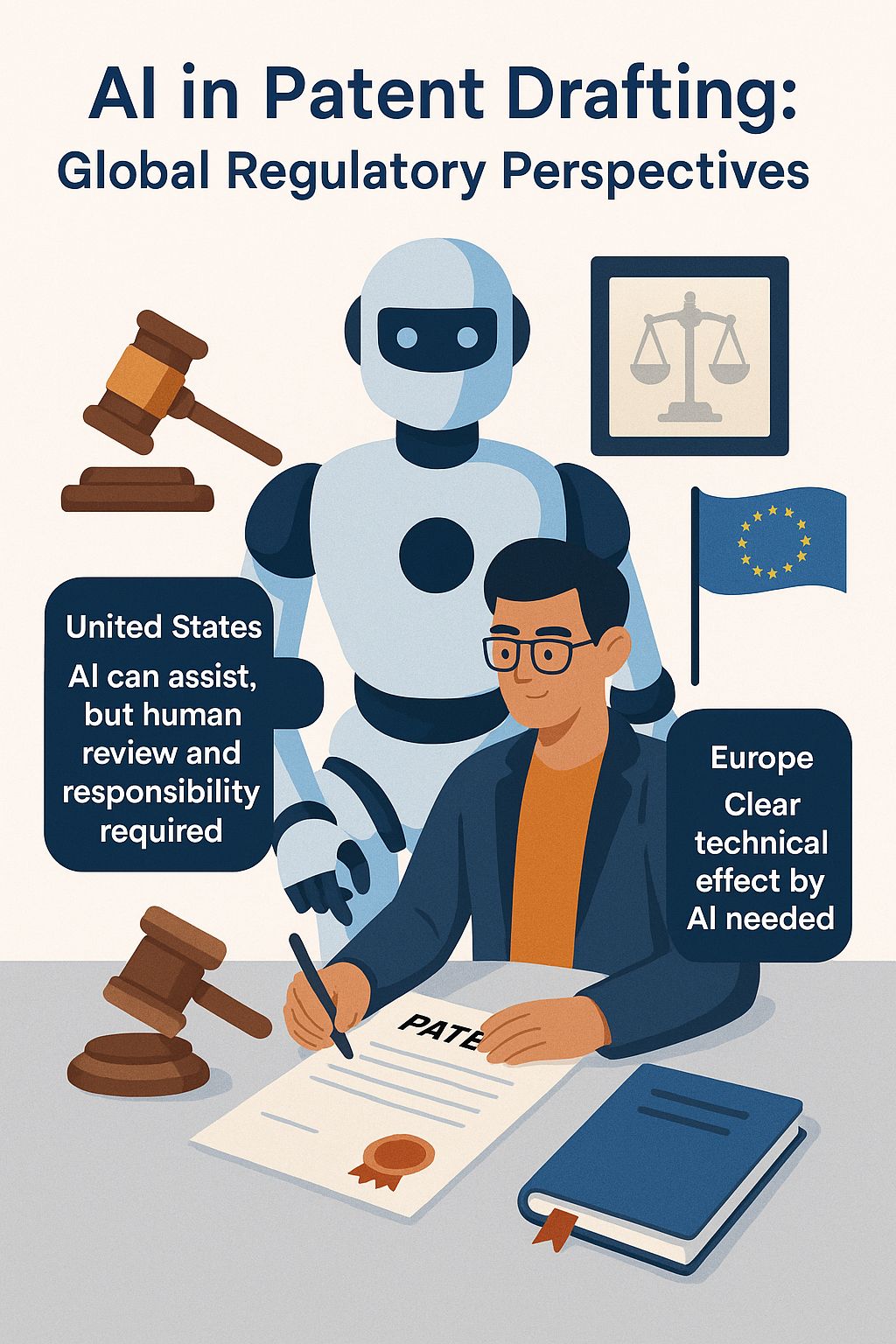
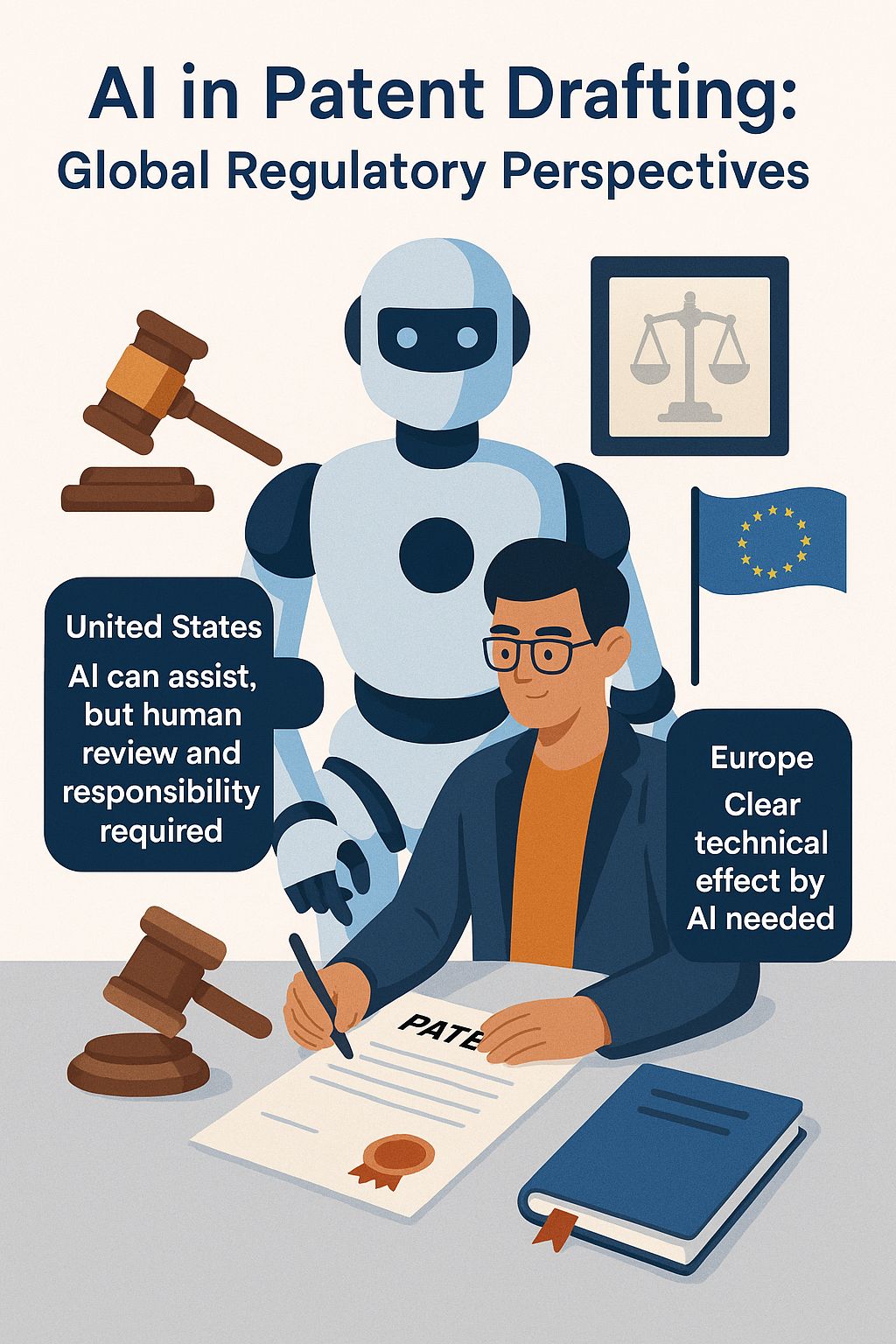


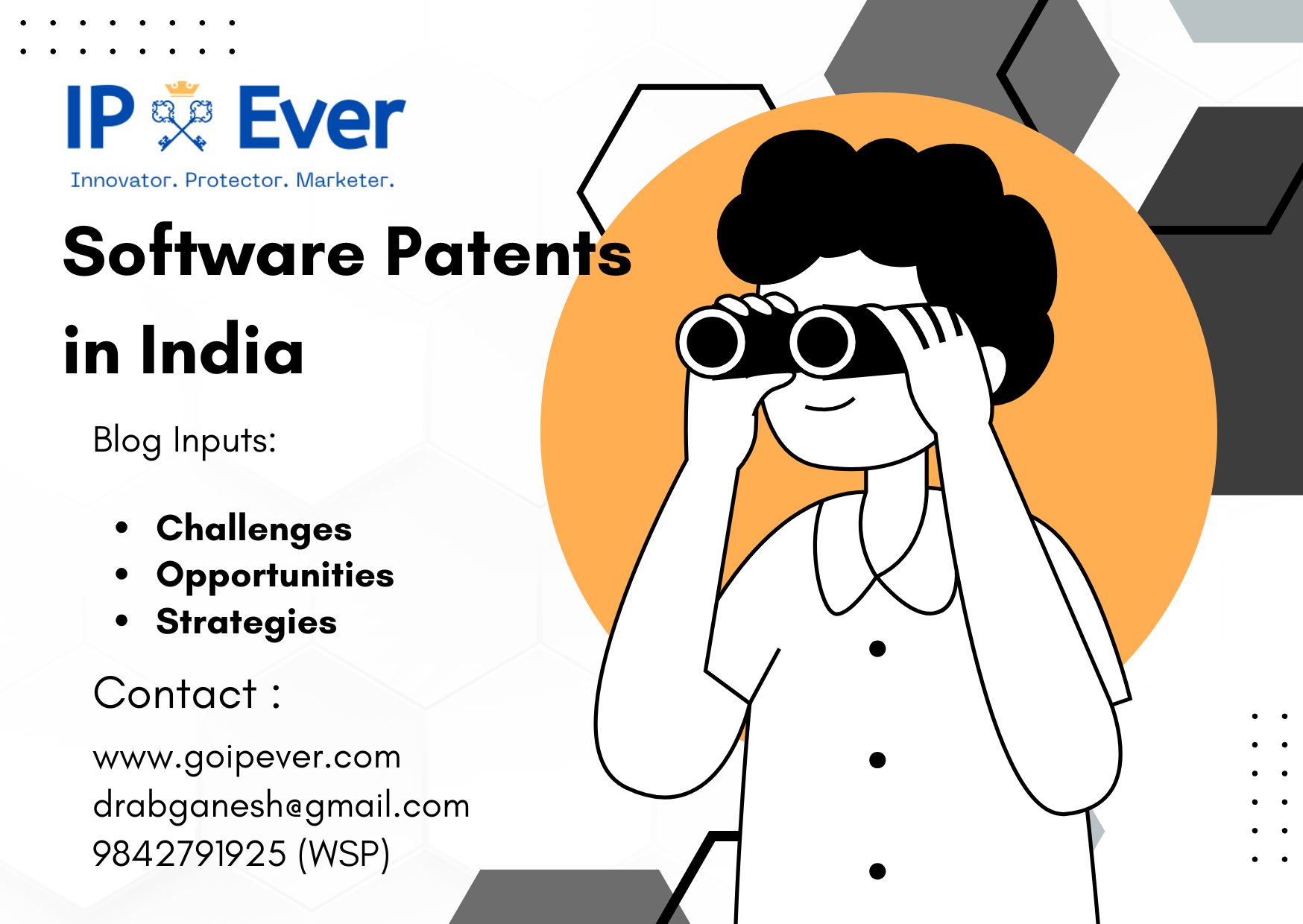
.png)
.png)
.png)
.png)
.png)
.png)
.png)
.png)
.png)
.png)
.png)
.png)
